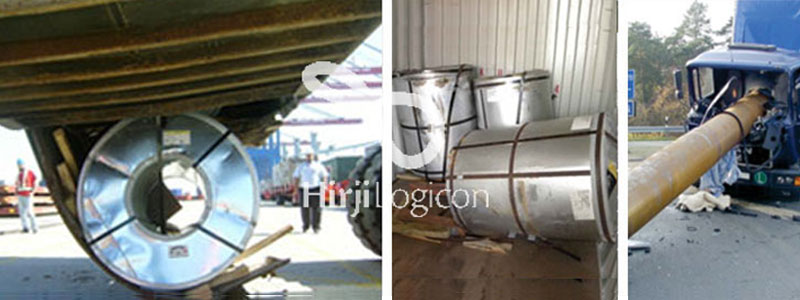What is Packaging
Packaging is an integral part of the goods supply chain. It protects goods from damage, allows efficient storage & distribution, informs the consumer and helps to promote goods in a competitive marketplace. The definition of packaging is “a coordinated system of preparing goods for safe, efficient and cost-effective transport, distribution, storage, retailing, consumption and recovery, reuse or disposal combined with maximising consumer value, sales and hence profit”
Key Functions Of Packaging
- Protection :
Strong, robust and leakproof packaging must be able to withstand the many different static and dynamic forces and varying climatic conditions to which it is subjected during transport, handling and storage operations. Packaging should also prevent the internal goods from causing contamination, damage or other negative impact upon the environment and other cargo..
- Loading & Transportation :
Convenient goods handling entails designing transport packaging in such a manner that it may be held, lifted, moved, set down and stowed easily, efficiently and safely. Packaging thus has a crucial impact on the efficiency of transport, handling and storage of goods. It should therefore be designed to be easily handled and to permit space-saving storage.
- Storage :
It is important that packaging is optimally designed to store the contents for the required time duration. Special attention needs to be paid to packaging designed for long term storage. Potential risks due to mechanical stresses and climatic conditions can get significantly amplified as the duration of storage increases. Proper packaging design with appropriate corrosion protection, cushioning and marking can help mitigate risks during storage.
- Inform :
Marking on the packaging plays a very important role. It explains how the packaged cargo should be used, warns about the hazards for misuse, and provides information on product contents. Much of this information is required according to various laws and agencies.
